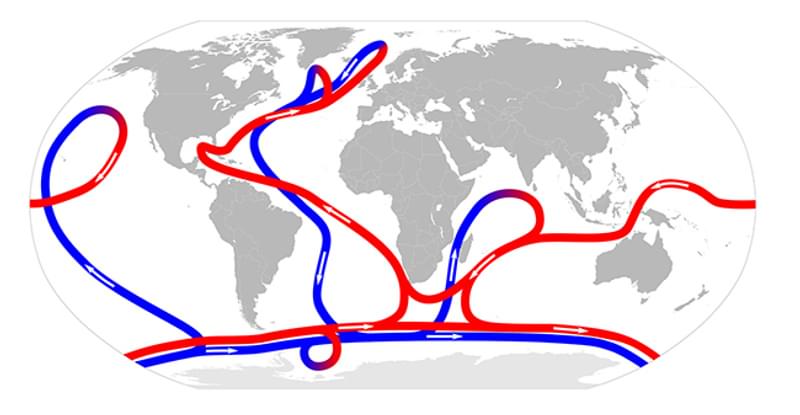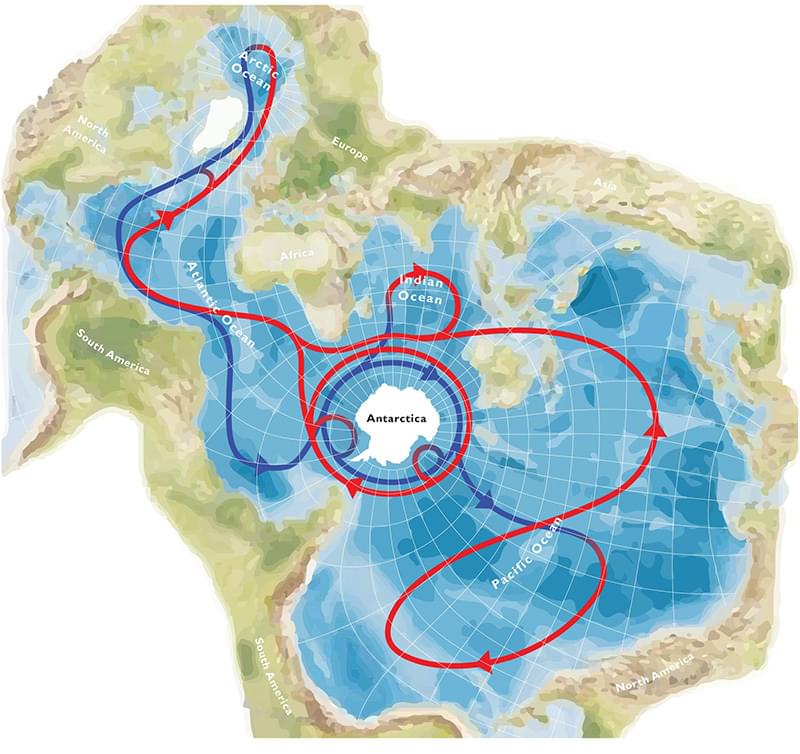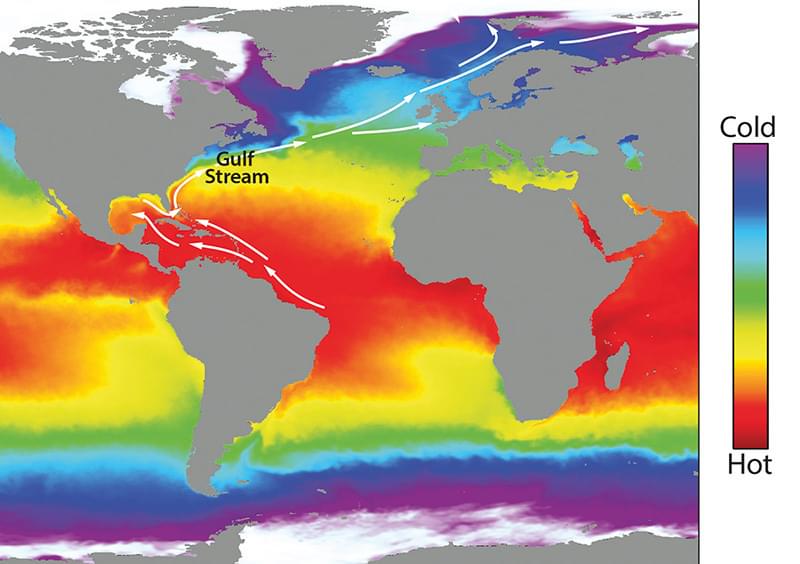Ocean circulation and climate
Global climate patterns, often depicted as uniform zones based on latitude, are influenced by complex interactions between ocean currents and atmospheric conditions. A prime example of this phenomenon is the thermohaline circulation, a critical process that regulates heat redistribution across the globe. This article delves into the dynamics of thermohaline circulation and its impact on Earth's climate.
Climate zones beyond latitude
Traditional climate maps divide Earth's surface into zones based on latitude, creating a seemingly straightforward pattern. However, these maps do not fully capture the intricate factors shaping our climate. Climate zones are influenced not only by latitude but also by the influence of ocean currents, as shown in the images below.


The mechanism of thermohaline circulation
Thermohaline circulation is driven by the interplay of salt and temperature affecting water density. Warmer water, typically found near the equator, is less dense than colder water near the poles. Additionally, saltier water is denser than fresher water. These factors contribute to the formation of distinct water masses within the ocean.
The Gulf Stream, a powerful ocean current, exemplifies the thermohaline circulation process by transporting warm, salty water from the Caribbean to the shores of North West Europe. As this water continues northward into the Arctic Ocean, it cools and increases in density, eventually sinking and returning towards the equator, as seen below. This process is the driving force behind global ocean currents and significantly impacts Earth's climate.
 Canuckguy, Robert Simmon, NASA and Robert A. Rohde
Canuckguy, Robert Simmon, NASA and Robert A. Rohde
Impact on the United Kingdom
Thermohaline circulation plays a crucial role in shaping the climate of regions like the United Kingdom. The Gulf Stream's warm waters moderate temperatures and create a milder climate than would be expected at such high latitudes. This influence is evident when comparing the UK's climate to other regions at similar latitudes, like southern Siberia or Hudson Bay in Canada, which experience much colder temperatures.
The Spilhaus Projection and Ocean Conveyor Current
The Spilhaus projection, a unique world map focused on the ocean, highlights the significance of water bodies in shaping climate. By overlaying the ocean conveyor current on this projection, we can visualise its role in redistributing heat and maintaining Earth's climate equilibrium, as seen below.

Sea surface temperatures and climate patterns
Average sea surface temperatures, shown in the diagram below, showcase the connection between ocean currents and temperature distribution. Warmer temperatures are represented in red, while cooler temperatures are depicted in blue/purple, with intermediate temperatures shown in yellow and green. Understanding these patterns is essential to gaining insight into the complexities of Earth's climate system.

Thermohaline circulation plays a vital role in shaping global climate patterns through the redistribution of heat across the globe. By exploring ocean-atmosphere interactions, we can gain a more comprehensive understanding of Earth's climate and work towards mitigating potential disruptions.
Ocean circulation activity
Try this ocean circulation activity for a practical demonstration of how thermohaline circulation works.
